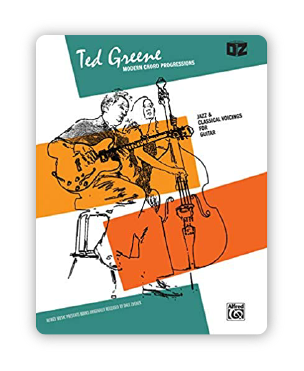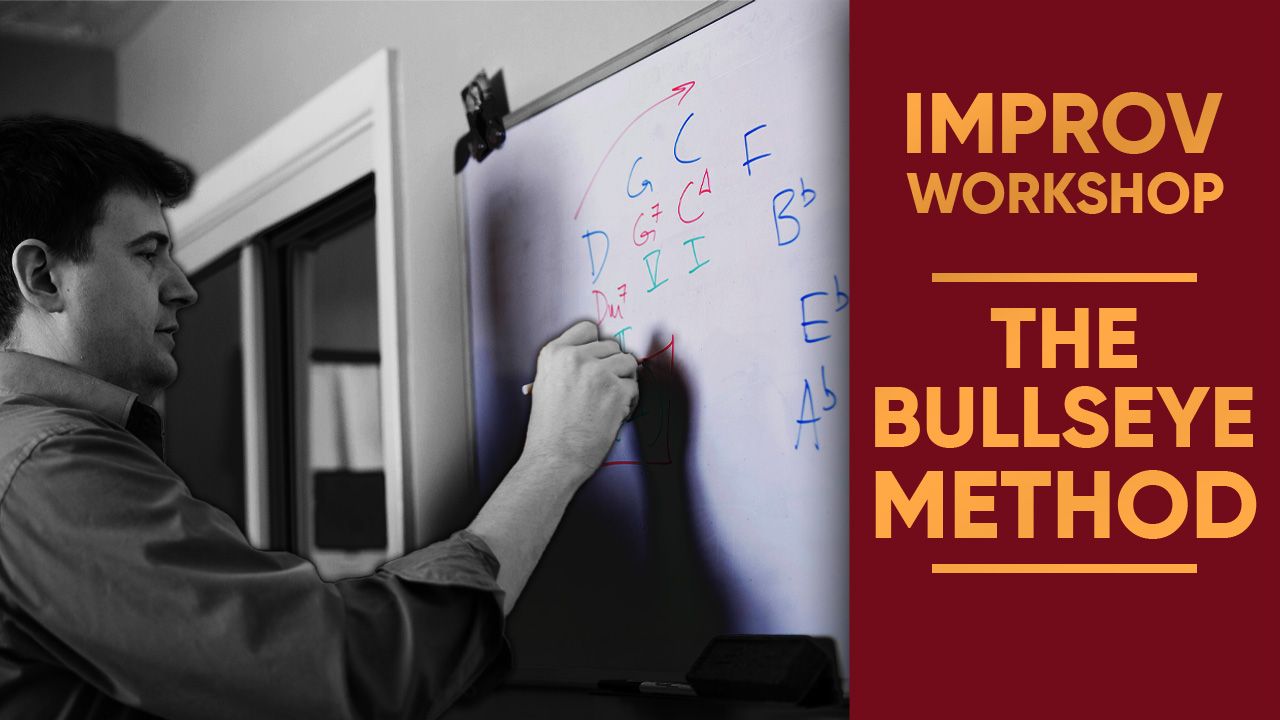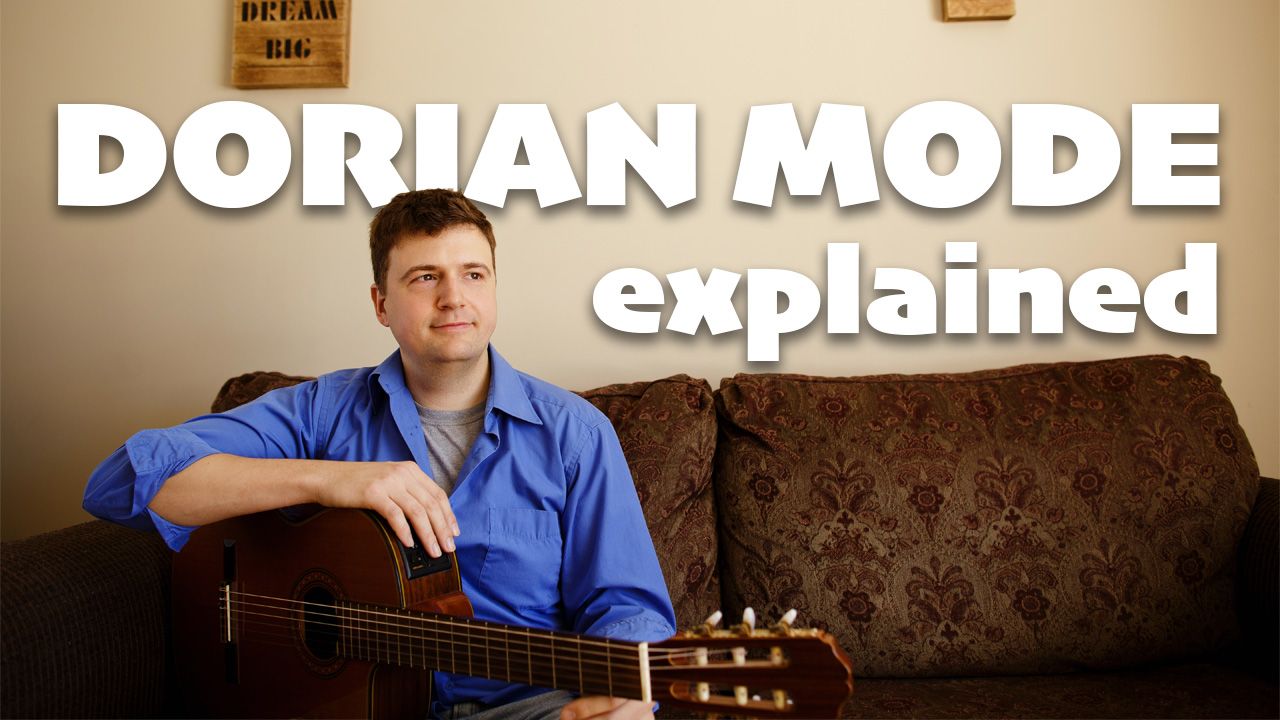Jazz Guitar Books
Best Jazz Guitar Books
- Jazz Guitar Soloing: The Cellular Approach by Randy Vincent
- Three-Note Voicings and Beyond by Randy Vincent
- A Modern Method for Guitar by William Leavitt
- Jazz Guitar Chord Dictionary by Rick Peckham
- The Advancing Guitarist by Mick Goodrick
- Jazz Guitar Study Series by Barry Galbraith
- Connecting Chords with Linear Harmony by Bert Ligon
- Forward Motion by Hal Galper
- The Barry Harris Workshop Video (DVDs set)
- Barry Harris Harmonic Method for Guitar (Alan Kingstone)
- The Type-Z Guide to Success with Ease by Marc Allen
These are the best books (in my opinion). Now let's get into the nitty gritty.
Read on to learn about these great books and more!
The Jazz Guitarist’s Library + YOUR Suggestions
Jazz guitar books and recordings are the two main sources of learning and growth for jazz guitarists. Some teachers may say “don’t learn from books,” but I strongly believe you should get what you can from any source of information available (including books, DVDs and websites).
*NEW*: You are now encouraged to share YOUR jazz guitar book suggestions. Visitors can now review, discuss and share their favorite jazz guitar books here in the comments, at the bottom of the page.
In my humble opinion, every aspiring jazzman should possess at least a few specific texts on music. They could, for example, consist of: a method for learning the instrument, technical exercises, a good fake book, transcriptions, a theory (or harmony) book, articles on practice routines, etc.
In this section of the website, I will share with you reviews of the best jazz guitar books on the market (coming strictly from my experience). Some of these works are masterclass DVD’s or come with an audio CD, some others only with plain text and music notation. I’m even starting to include personal development books that have helped me recently.
I hope they are as useful to you as they were to me! Note: I only review and discuss the books that I personally own. Here are my favorite jazz Guitar Books with review articles:

Jazz Guitar Soloing: The Cellular Approach
by Randy Vincent
Take lines played from the masters on jazz recordings. Slice them up. Then apply them wherever you need them while soloing on chord progressions! Instead of memorizing (or creating) long lines of notes, the author insists that we can use basic 4-note cells to move…

Three Note Voicings and Beyond
by Randy Vincent
With endorsements from various jazz guitar greats such as Pat Metheny and Jim Hall (+many others), this book is an obvious must-have for serious jazz guitarists …The author synthesizes jazz harmony on the guitar in a clear and concise way. Within its 200 pages, it will give any player a few lifetimes' worths of …

The Type-Z Guide to Success with Ease
by Marc Allen
Not a guitar book, not even a music book… but oh-so needed for the average jazz musician. Is it possible to achieve a high degree of success without working until you drop? The Type Z-Guide presents a way to enjoy success with less stress, less hard work, and much …
(click to read more)

Modern Chord Progressions
by Ted Greene
A must for guitarists serious about learning harmony on the guitar. Ted Greene demonstrates hundreds of ways to play simple yet crucial jazz and classical progressions. All in chord diagrams, all in “chord melody” style with clear instructions. A lifetime's worth of practice and inspiration (even within the first few pages!)
No Review

Jazz Guitar Voicings Vol.1 - The Drop-2 Book
by Randy Vincent
This is the prequel to the “three-note voicings” book by the same author. An amazing, thorough, yet easy-to-grasp book on the following concept: building effective drop-2 voicings using inversions and passing diminished chords. (Audio CDs included with demonstration tracks)
No Review

Patterns, Scales and Modes for Jazz Guitar
by Arnie Berle
This is a great “entry-level” book for intermediate guitarists. Coming from a rock, blues, and pop background, it opened the first few “jazz doors” to me. Great techniques (scales in positions, arpeggios, etc.), great lines, and chord voicings. It’s a nice and smooth introduction to the fabulous world of jazz guitar improv and comping.
No Review

Clear Solutions for Jazz Improvisers
by Jerry Coker
Coker’s straightforward reference contains 20 very well written articles on a variety of topics. He chooses to go deeper into some nuanced details of improvisation. Really useful clarifications about melody and harmony and their different manifestations in jazz abound. A must for serious beginners and intermediate improvisers.
No Review

Melodic Rhythms for Guitar
by William Leavitt
One of the greatest books to improve sight-reading abilities for jazz guitarists. Super-charge your skills by dealing with the too often overlooked RHYTHMS of written melodic lines. Leavitt organized this book by rhythmic density and made sure that some key 3, 4, 5, 6, and 7-note rhythmic figures are repeated enough times to ingrain them well.
Note: I recommend you have at least a foundation in note reading before using Melodic Rhythms. See “Modern Method” above.
No Review
Lessons from the blog!













